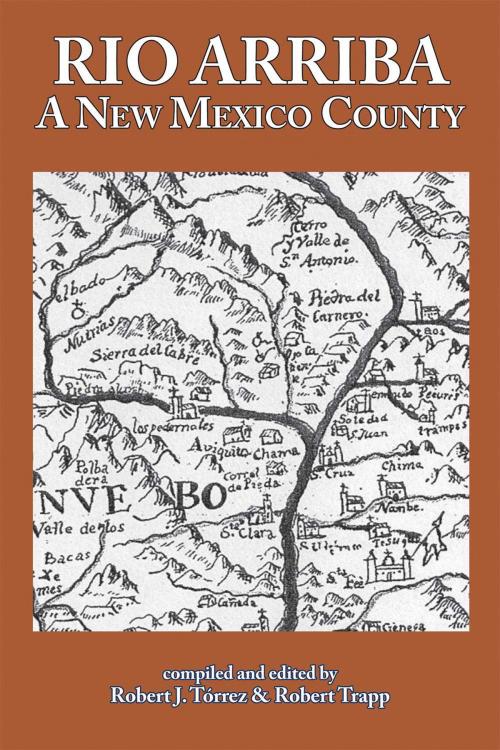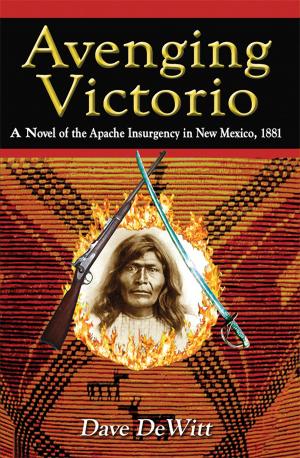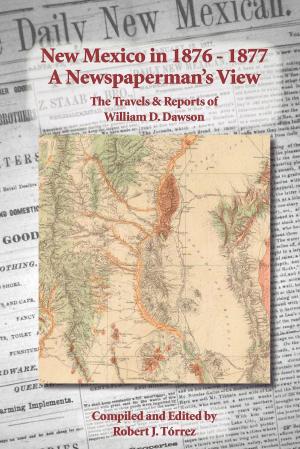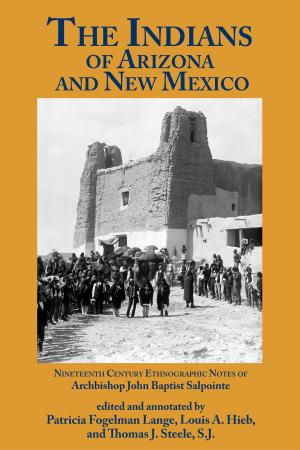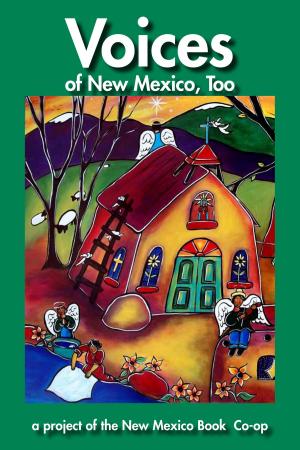| Author: | Robert Trapp, Robert J. Torrez | ISBN: | 9781936744855 |
| Publisher: | Rio Grande Books | Publication: | March 1, 2010 |
| Imprint: | Language: | English |
| Author: | Robert Trapp, Robert J. Torrez |
| ISBN: | 9781936744855 |
| Publisher: | Rio Grande Books |
| Publication: | March 1, 2010 |
| Imprint: | |
| Language: | English |
Rio arriba. In Spanish, the lower case rio arriba stands for the “upper river,” that portion of northern New Mexico that straddles the Rio del Norte, the historic name of the Rio Grande. In the upper case, they stand for Rio Arriba County, a geopolitical entity that constitutes a small portion of the historic rio arriba. The words define a vast portion of New Mexico that extends from the historic villa of Santa Fe north into the San Luis Valley of today’s southern Colorado. Former New Mexico State Historian Robert J. Tórrez, Robert Trapp, long-time owner and publisher of Española’s Rio Grande Sun, and eight additional authors have come together to examine the long and complex history of this rio arriba. Rio Arriba: A New Mexico County reviews the history of this fascinating and unique area. The authors provide us an overview of its primordial beginnings (that left us the fossilized remains of coelophysis, our official state fossil), introduce us to the Tewa peoples that established the county’s first permanent settlements, as discuss the role the Navajo, Ute, and Jicarilla Apache played in the region’s history. As the history unfolds, the reader learns about the Spanish conquistadores and later-arriving Americans, their often contentious relations with the Native American peoples, and how the communities they established and the institutions they brought with them helped shape the Rio Arriba County of today. This book has been a long time coming. Of the thousands of books published on New Mexico’s long and varied history, none have attempted to tell the history of Rio Arriba County. Rio Arriba County was formally established January 9, 1852, one of seven original counties organized when New Mexico became a United States territory. It is a vast land mass nearly twice the size of the combined states of Delaware and Rhode Island. But its history predates 1852. It is a story of good times and hard times; of land grants, violence and yes, corruption in a remote area where the family was all-important as was the feeding of that family.
Rio arriba. In Spanish, the lower case rio arriba stands for the “upper river,” that portion of northern New Mexico that straddles the Rio del Norte, the historic name of the Rio Grande. In the upper case, they stand for Rio Arriba County, a geopolitical entity that constitutes a small portion of the historic rio arriba. The words define a vast portion of New Mexico that extends from the historic villa of Santa Fe north into the San Luis Valley of today’s southern Colorado. Former New Mexico State Historian Robert J. Tórrez, Robert Trapp, long-time owner and publisher of Española’s Rio Grande Sun, and eight additional authors have come together to examine the long and complex history of this rio arriba. Rio Arriba: A New Mexico County reviews the history of this fascinating and unique area. The authors provide us an overview of its primordial beginnings (that left us the fossilized remains of coelophysis, our official state fossil), introduce us to the Tewa peoples that established the county’s first permanent settlements, as discuss the role the Navajo, Ute, and Jicarilla Apache played in the region’s history. As the history unfolds, the reader learns about the Spanish conquistadores and later-arriving Americans, their often contentious relations with the Native American peoples, and how the communities they established and the institutions they brought with them helped shape the Rio Arriba County of today. This book has been a long time coming. Of the thousands of books published on New Mexico’s long and varied history, none have attempted to tell the history of Rio Arriba County. Rio Arriba County was formally established January 9, 1852, one of seven original counties organized when New Mexico became a United States territory. It is a vast land mass nearly twice the size of the combined states of Delaware and Rhode Island. But its history predates 1852. It is a story of good times and hard times; of land grants, violence and yes, corruption in a remote area where the family was all-important as was the feeding of that family.
